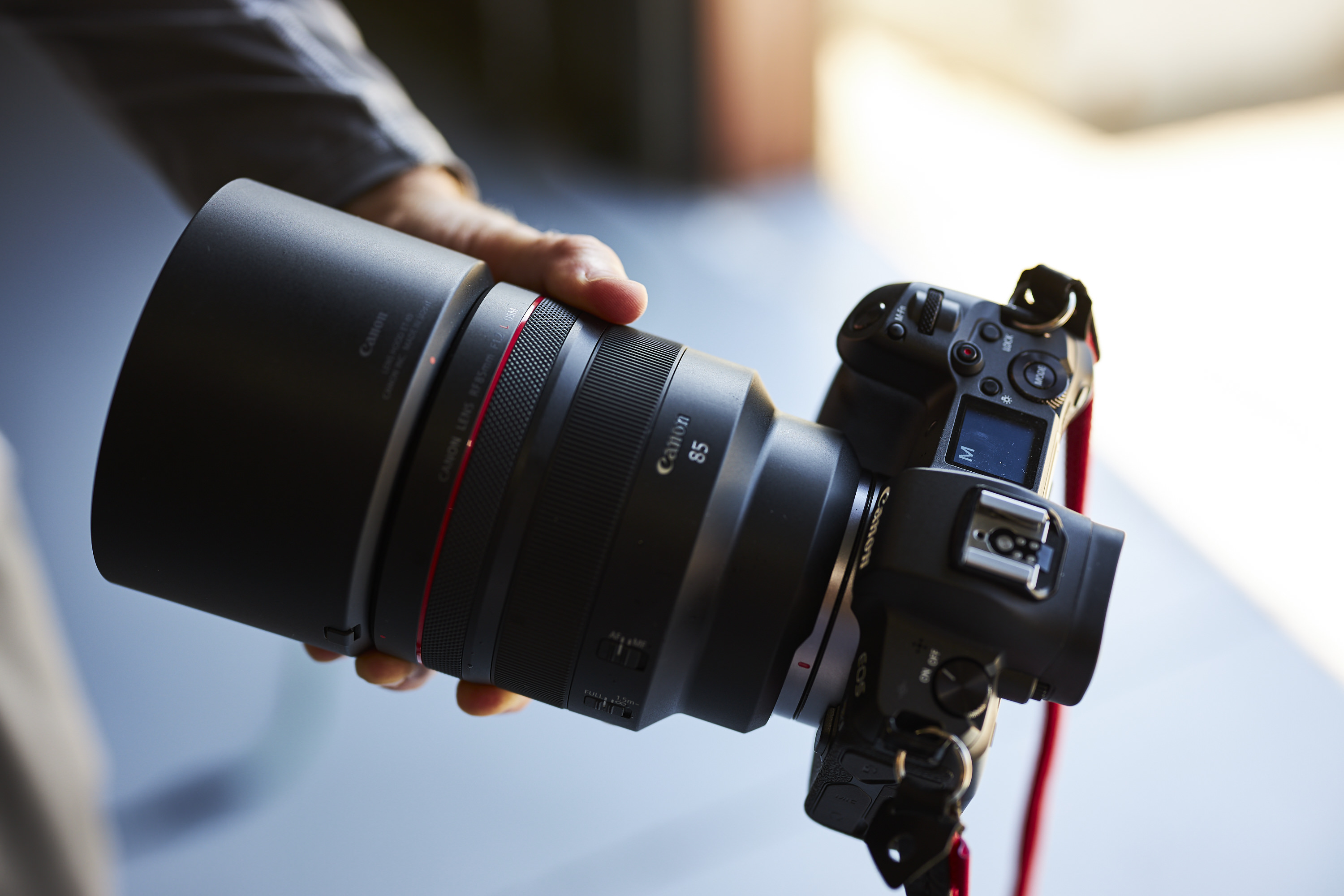
The EOS R7 ticks nearly all the boxes that I would reasonably expect to see on a camera like this and in a body that feels more comfortable in my hand than any of the main competitors. * I don’t refer to Nikon options in my review because I don’t test Nikon and simply am not familiar with their offerings. I’ve used all of the primary competitors to the EOS R7, and if we are simply talking about a camera in isolation, I would take the EOS R7 over any of the competitors. The X-T4 is the closest match in terms of specs (though at a $200 price premium), but in practice the EOS R7 easily bests the tracking performance of the X-T4 and has a much more intuitive focus system in general. It has a higher resolution sensor than the X-T4 and Sony a6600, faster burst rates than any current Sony APS-C bodies, and higher video specs than Sony bodies as well.


That’s an impressive lineup of features in a camera that costs $1500 and certainly gives it some features to boast against the competition.
#CANON QUICK MENU WON T OPEN BLUETOOTH#
Multi-Function Shoe, Wi-Fi and Bluetooth.Sensor-Shift 5-Axis Image Stabilization.Some of the key features of the new EOS R7 are broken down here: If you’re in Canada, check them out for a reliable online retailer. Thanks to Camera Canada for getting me a loaner of the EOS R7. Should you consider purchasing the Canon EOS R7? You can either watch my video review or read on to find the conclusions to my various tests.įollow Me YouTube | Patreon | Instagram | Facebook | DA Merchandise | Flickr | 500px If Canon wants the RF-S mount to flourish, they absolutely have to equip it with excellent lenses at a variety of price points…particularly if they continue to exclude third parties from helping fill that void.īig picture concerns aside, let’s zoom into the performance of this excellent camera which comes to market at a price point of $1499 USD for the camera alone or $1899 with the very useful 18-150mm IS lens (giving a $100 savings on the lens when buying in kit). I understand that this feels somewhat like a rant, but I do think the discussion is relevant when you are considering a new platform to adopt. My general feeling about Canon over the past two years is that they are developing great camera bodies (I love my EOS R5!) but then crippling them with their lens policies. Canon could doom its exciting new camera bodies by another policy of underdevelopment of lenses, particularly if they maintain the policy of barring third party lensmakers from helping to fill the gaps.

Three of those were kit lenses, only 3 of them were primes, and only one prime lens (32mm F1.4) is considered optically exceptional. That system is ten years old and never reached 10 native lenses. Canon’s development for their first APS-C mirrorless platform (the EOS M system) isn’t overly inspiring.


 0 kommentar(er)
0 kommentar(er)
